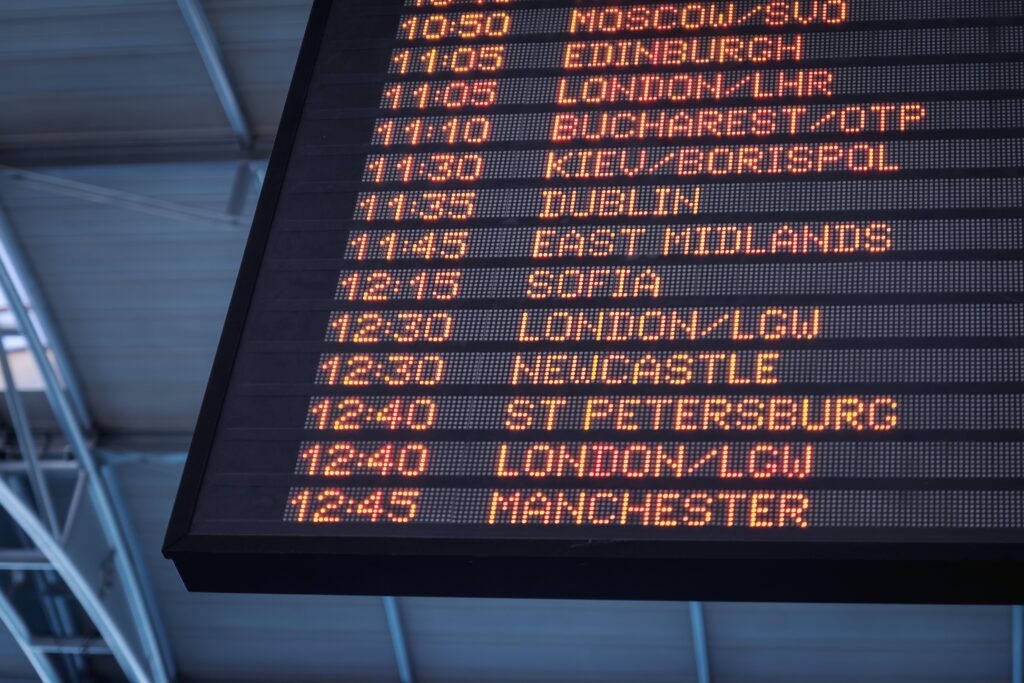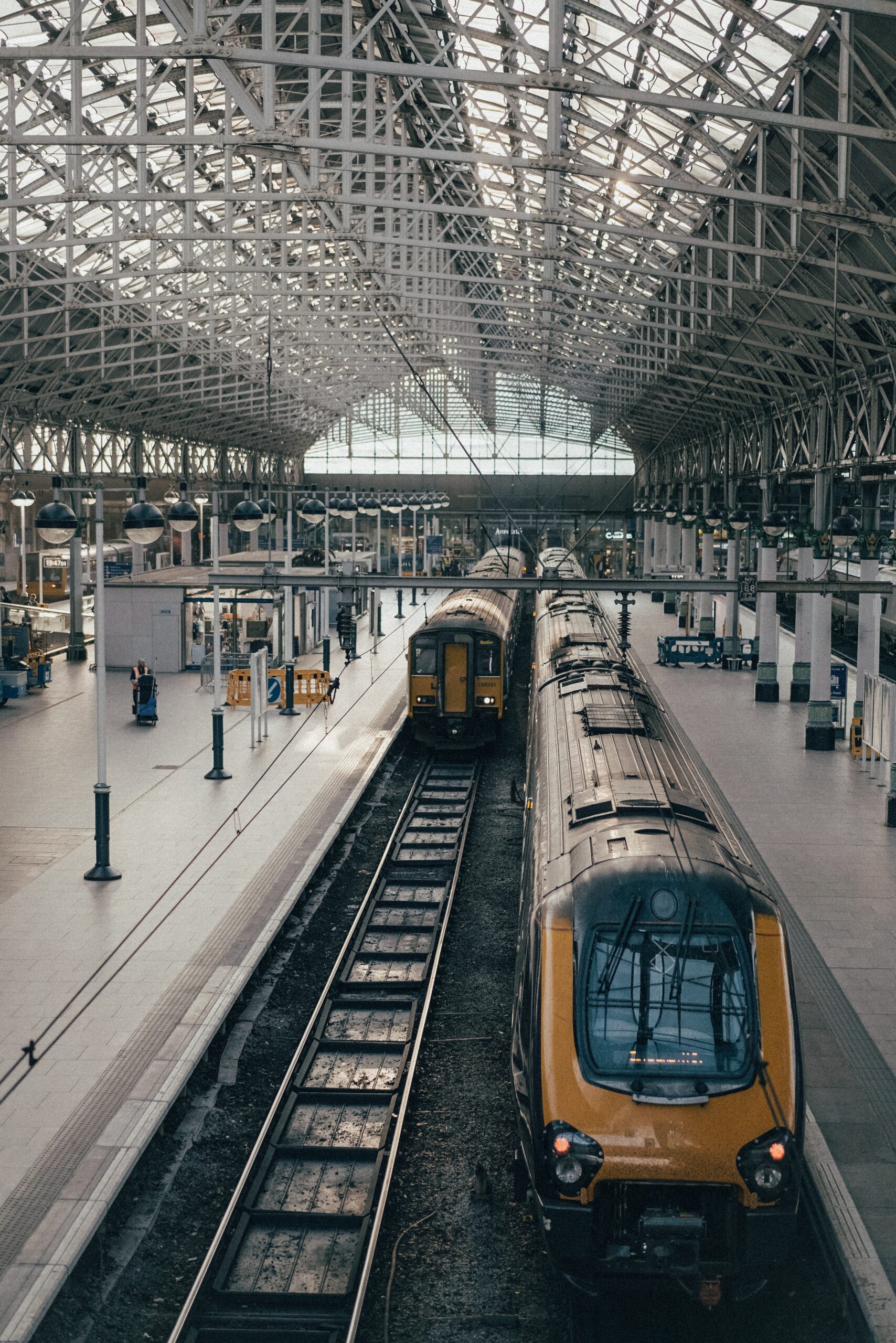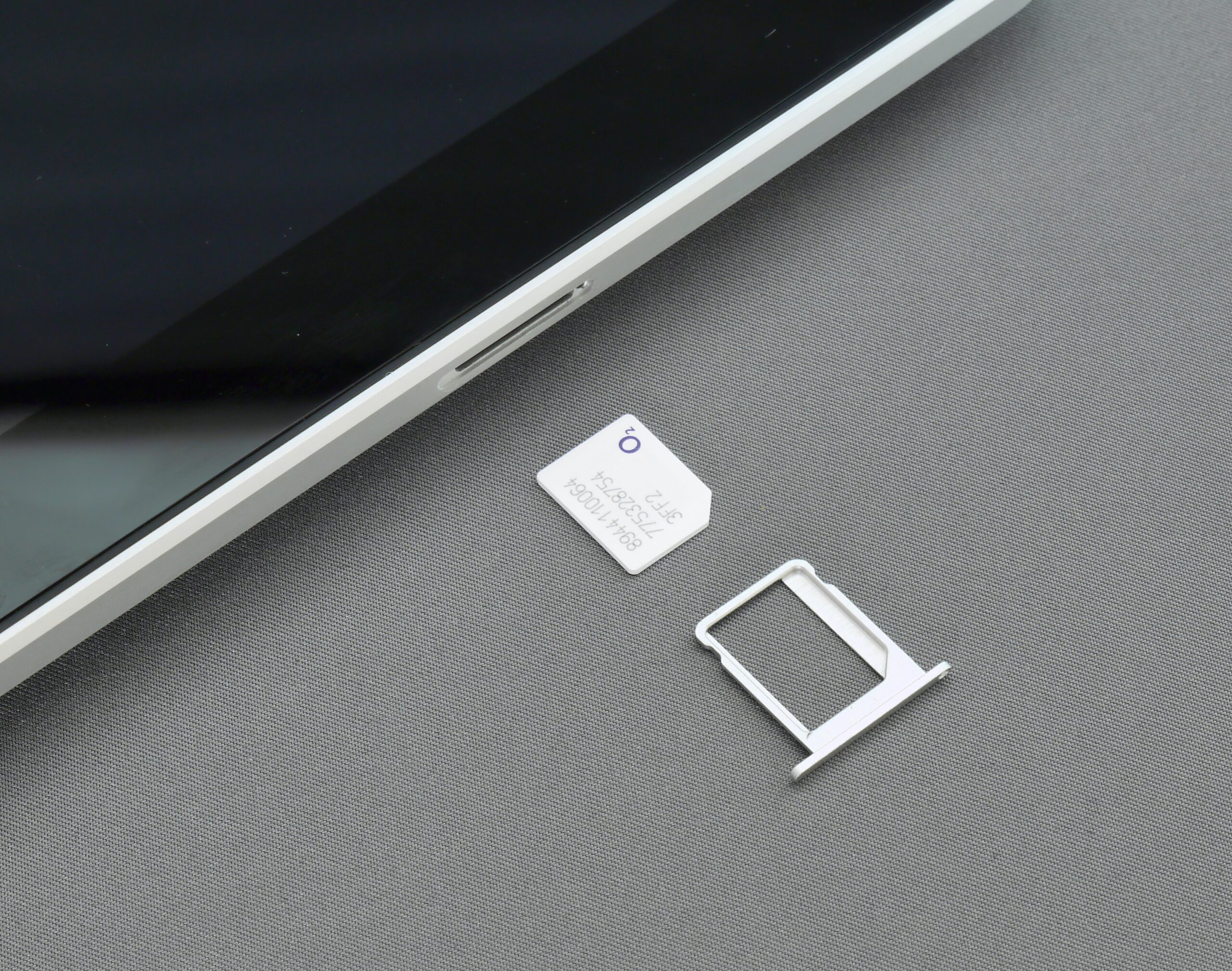Italy Transportation Guide
Italy Transportation Guide: Efficient transportation in Italy with extensive train networks, scenic drives, and water taxis. Embrace diverse options for seamless exploration.


Italy Transportation Guide – International Airports
Italy has several international airports that serve as important transportation hubs for the country. Some of the major international airports in Italy include:
Leonardo da Vinci-Fiumicino Airport (FCO) – located in Rome, it is the busiest airport in Italy and serves as a major hub for the country’s flag carrier, Alitalia.
Milan Malpensa Airport (MXP) – located in the city of Milan, it is the second-busiest airport in Italy and serves as a hub for several airlines, including EasyJet, Ryanair, and Emirates.
Venice Marco Polo Airport (VCE) – located in Venice, it is the third-busiest airport in Italy and serves as a hub for several airlines, including Ryanair and EasyJet.
Naples International Airport (NAP) – located in Naples, it is the fifth-busiest airport in Italy and serves as a hub for several airlines, including EasyJet and Ryanair.
Florence Airport (FLR) – located in Florence, it serves as an important airport for the Tuscany region of Italy and is served by several airlines, including Alitalia and Vueling.
Catania-Fontanarossa Airport (CTA) – located in Catania, it is the busiest airport in the Sicily region of Italy and is served by several airlines, including Ryanair and EasyJet.
National Airports
In addition to the international airports mentioned earlier, Italy has many national airports that serve domestic flights within the country. Some of the major national airports in Italy include:
Rome Ciampino Airport (CIA) – located in Rome, it is a smaller airport that serves mainly low-cost carriers and domestic flights.
Bergamo Orio al Serio International Airport (BGY) – located near Milan, it serves as a hub for several low-cost airlines, including Ryanair and Wizz Air.
Bologna Guglielmo Marconi Airport (BLQ) – located in Bologna, it is an important hub for domestic and international flights, serving several airlines including Alitalia and Ryanair.
Naples International Airport (NAP) – located in Naples, it is an important airport for southern Italy and serves several airlines, including Ryanair and EasyJet.
Palermo Airport (PMO) – located in Palermo, it is an important airport for Sicily and serves several airlines, including Ryanair and EasyJet.
Venice Marco Polo Airport (VCE) – located in Venice, it is an important airport for northern Italy and serves several airlines, including Ryanair and EasyJet.
Italy Transportation Guide – Trains
Italy has an extensive train network that is operated by Trenitalia, the country’s national railway company. There are different types of trains in Italy, ranging from local trains to high-speed trains. Some of the main types of trains in Italy include:
Regional trains – These are local trains that stop at many stations and serve smaller towns and cities. They are typically slower and less comfortable than other types of trains, but they are a good option for short journeys and for exploring rural areas of Italy.
InterCity (IC) trains – These are faster and more comfortable than regional trains, with fewer stops and better seating. They connect major cities across Italy, such as Rome, Milan, Florence, and Naples.
EuroCity (EC) trains – These are international trains that connect Italy with other European countries, such as Switzerland, Germany, and Austria. They are faster and more comfortable than InterCity trains, with amenities like restaurant cars and air conditioning.
Frecciarossa (Red Arrow) trains – These are high-speed trains that operate on the major routes between Rome and Milan, Turin, Venice, Bologna, Florence, and Naples. They are the fastest trains in Italy, with a top speed of up to 300 km/h (186 mph).
Frecciargento (Silver Arrow) trains – These are high-speed trains that connect Rome and Venice with other major cities, such as Bari, Lecce, and Reggio Calabria. They are slightly slower than Frecciarossa trains but still offer a high level of comfort and speed.
Frecciabianca (White Arrow) trains – These are high-speed trains that connect smaller cities and towns with major cities, such as Milan, Venice, and Rome. They are slower than Frecciarossa and Frecciargento trains but still offer a comfortable and fast way to travel.


Italy Transportation Guide – Buses
In addition to trains, Italy also has an extensive network of buses that serve both urban and rural areas. There are several bus companies in Italy, including:
Flixbus – a German-based company that offers long-distance bus services across Europe, including Italy. They offer a variety of routes and schedules, with modern buses and amenities like free Wi-Fi.
Marino Bus – an Italian bus company that operates mainly in southern Italy, with routes connecting major cities like Naples, Rome, and Bari.
SITA – an Italian bus company that operates mainly in Tuscany and offers local and regional services.
ATAC – the public transportation company of Rome, which operates a network of buses, trams, and metro lines within the city.
ACTV – the public transportation company of Venice, which operates a network of buses, waterbuses, and trams within the city.
AMT Genova – the public transportation company of Genoa, which operates a network of buses, trolleybuses, and a funicular within the city.
Links of interest
Airlines:
Alitalia Official Website
Air Italy Official Website
Blue Panorama Official Website
Neos Official Website
Trains:
Buses:
Metro:
ATAC – Rome’s Public Transport Company
ATM – Azienda Trasporti Milanesi
ANM – Naples Metro
GTT – Turin Metro
Brescia Mobilità
Ride-Sharing:


We recommend
Italy travel tips
Our guide offers essential Italy travel tips and insights for an unforgettable journey. Plan your trip with us!
Italy Transportation Guide – SIM Cards
When in Italy, consider these tips for getting a SIM card:
Providers: Choose from major carriers like TIM, Vodafone, and Wind. Compare plans for data, calls, and validity.
Prepaid vs. Postpaid: Prepaid SIMs are convenient for travelers. Load credit for calls and data without contracts or monthly bills.
Data Plans: Pick a plan with sufficient data for your needs. Many providers offer tourist-specific packages with data allocations.
Identification: Have your passport ready; you may need it for registration when purchasing a SIM card.
Compatibility: Ensure your phone is unlocked to use a different SIM card. Most modern smartphones are unlocked, but check with your provider.
Purchase Locations: Buy SIM cards at airports, kiosks, or provider stores. Ensure the seller activates the card and configures your phone if needed.
Top-Up Options: Recharge your credit easily at stores, online, or through mobile apps. Many providers offer self-service options.
Coverage: Check the coverage map of the chosen provider, especially if you plan to visit remote areas.
Hotspot Tethering: Confirm if hotspot tethering is allowed in your plan, especially if you need to share data with other devices.
Validity Period: Be aware of the SIM card’s validity period. Some expire after a certain period of inactivity.
Emergency Services: Save local emergency numbers and understand how to reach local services using your Italian number.
Lost or Stolen SIM: Report loss or theft immediately. Carriers can suspend or block the SIM to prevent unauthorized use.
EU Roaming: If you plan to travel within the European Union, confirm if your plan includes EU roaming without additional charges.
Customer Service: Save the customer service number in case you encounter issues or need assistance.
Currency Converter
Currency Converter EUR/USD: Sun, 8 Jun.
Unit Converter
Italy Transportation Guide – Maps
What map do you need?
Choose your destination
More information about this country











